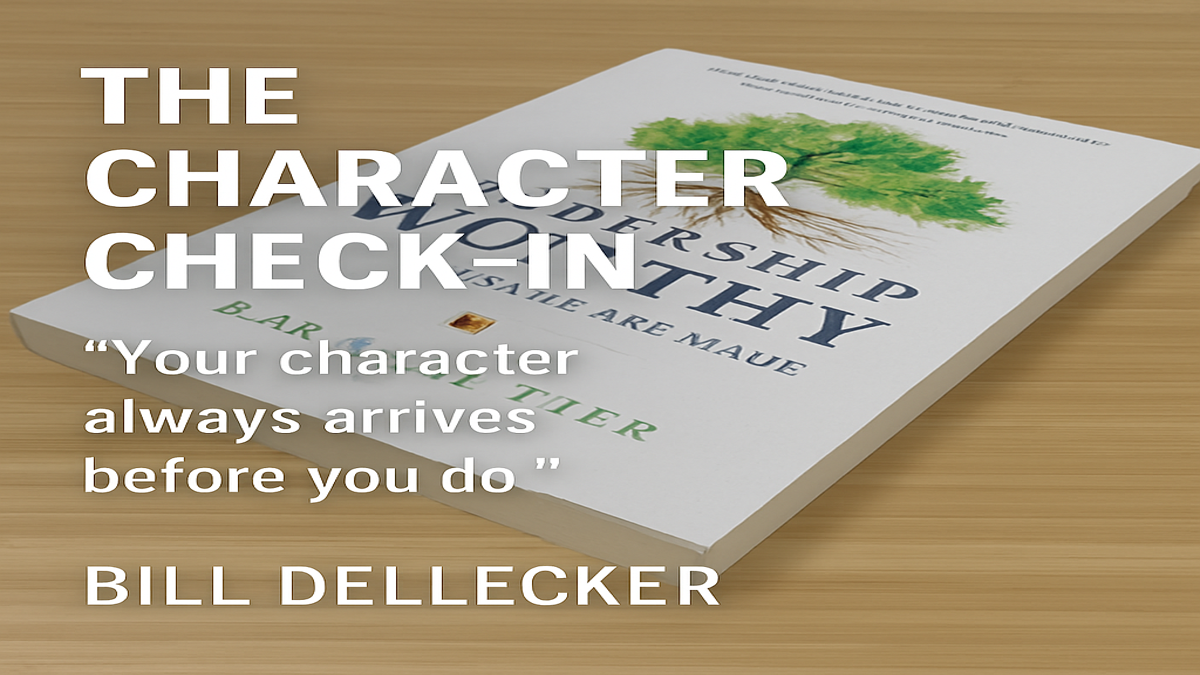inCulture
Culture of Safety
Managers from across our business have come together this week in a Safety Symposium, with their focus on enhancing the Culture of Safety in our business. As they actively discussed this topic, it became clear that Safety is not so much a “Thing” as it is an “Attitude” – a positive State of Mind.
There are four essential elements to creating a Culture of Safety, which are also generally applicable to building culture in any setting:
There are four essential elements to creating a Culture of Safety, which are also generally applicable to building culture in any setting:
- Purpose. It all begins here, with “Why” Safety actually matters. While there are ample business reasons that make sense for building this culture (including productivity, employee morale and insurance cost control), the most powerful reasons are personal ones. When you personalize safety, the importance transcends business. Being safe for one’s family and one’s future has deep personal meaning.
- Shared Values. Without sound core values to anchor the process, the idea of Safety just floats in the air without direction or focus. The values that matter are the same ones upon which the core business is based. Safety is not a special exception; the idea and the practice must align with the beliefs that drive the business. Each value must be described as it is expressed by Safety.
- Common Experiences. You can’t be a Culture of One! By definition, culture requires collaboration with and the commitment of others. It simply won’t grow in a vacuum or isolation. The open transfer of views, ideas, successes and failures will create the level of sharing that makes the business successful. This is where team action, conversation, tailgate talks, job-site walks and engagement with fellow workers take hold. The prevailing attitude becomes one where each employee watches the other’s back, based upon genuine concern. It is a matter of clearly communicating that you’re competent and you care. Not only employees will recognize this trait; clients will notice and appreciate it too.
- Successful Outcomes. After all that effort, you’re looking for a Return on Investment in a business setting; time is of the essence. In keeping with the best business practice to “Measure What Matters”, there must be a Safety Score in plain view that enables the team to track results and gauge improvement. This could be something as simple as “work days without an accident” or something more complex that has financial ties. This Safety Score needs to be right up there with other key performance indicators on your business dashboard. In that way, Safety lives at the center of business activities and is not an afterthought.
Approached thoughtfully, building a Culture of Safety becomes an essential Tool for Life. It’s
also a wise investment in the future of your business.






